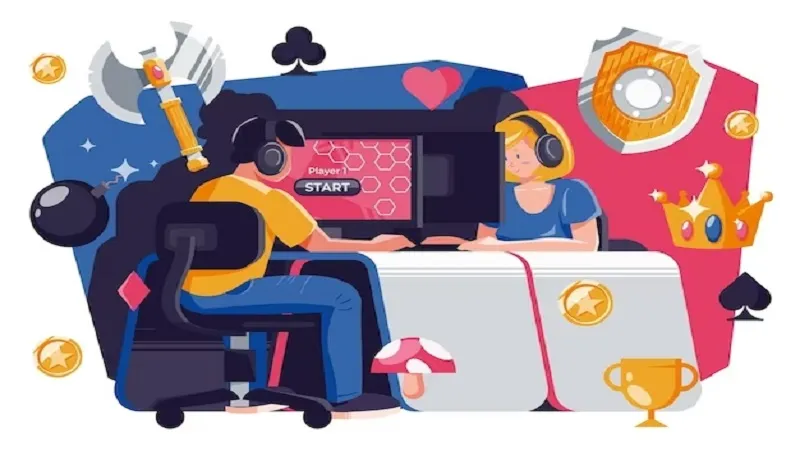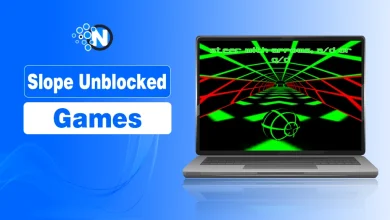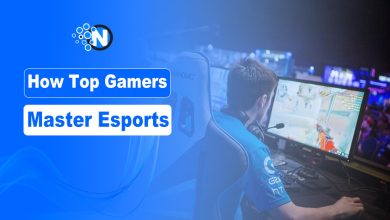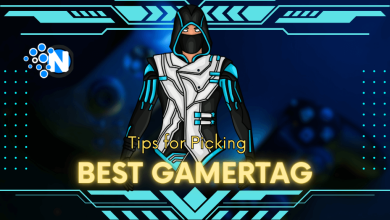How Game Developers Are Monetizing Social Interaction

In this age of online communities and always-on connectivity, online gaming has become more than a pastime; it’s a platform for people to feel they belong. And game developers know it.
While monetization in gaming was once centered around cosmetic upgrades or the least favorite pay-to-win mechanics, the gaming industry is slowly shifting. Developers are learning that people don’t just pay for content, they pay for connection.
It is the gaming business of social interaction, where loyalty is not a program built through leveling up, but through showing up together. From in-game purchases to sponsored social events, developers are transforming digital relationships into profitable monetization strategies.
In this blog post, I will explore how game developers are monetizing social interaction to make money.
Let’s start!
What is Social Interaction Monetization?
The process of converting community development, communication, and engagement into sources of income is known as “monetizing social interaction.” In the digital world, game developers use social media relationships to make money in a variety of ways. In-game purchases, subscription-based benefits, live streaming revenue, and brand sponsorships are among these.
6 Ways Game Developers Are Monetizing Social Interaction

1. Clans, Crews, and Custom Chat Rooms
At the heart of modern social gaming are community structures: guilds, clans, friend groups, and cooperative teams. Some of you might remember the South Park episode revolving around Cartman playing WoW. These in-game networks aren’t just organizational, they’re emotional. Players form bonds, develop routines, and log in not just for the gameplay, but for the people.
Developers are tapping into this with monetized mechanics that keep those bonds strong. Examples include premium clan passes, private group chats with customization features, and exclusive co-op games or just missions that can only be accessed through group play.
2. Time-Limited Tables and FOMO-Driven Design
At the heart of it, online casinos continue to borrow and utilize the playbook of social gaming, and the results speak for themselves. Social interaction thrives on shared experiences with friends, and nowhere is that more evident than in time-limited online events. From themed slot tournaments and holiday-exclusive jackpots to limited-time bonus tables, these features are no longer just solo experiences; they’re framed as collective moments meant to be shared. Friends log in together and play together for fun.
The design in the heart of new social casinos is meant to attract people to play and also share their experience, building a community. And when players feel like they’re part of a coordinated experience, they’re more likely to stay longer or come back for the next session.
3. Digital Gifting and Emotional Currency
Some of the modern games are going beyond simple in-game stores and introducing digital gifting economies. Players can send each other power-ups, cosmetic items, or even virtual currency, often through paid credits. Because what feels better than a present?
It may sound like a small feat, but it has a big impact. Gifting taps into real human emotion: it is a way of saying you care, and not just that, sometimes you play with players from another country and your only connection is the game. Whether it’s rewarding a clanmate for saving the team or thanking a friend for logging in every day, these moments keep players emotionally invested and, often, financially engaged.
4. Social-Driven Events and Paid Tournaments
Exclusive in-game events and competitions are another way developers monetize social interaction. Many games host paid-entry tournaments, where players compete for prize pools while enjoying premium matchmaking experiences.
Special events such as holiday-themed missions, collaborative PvE battles, and exclusive livestreams offer players a chance to purchase tickets or unlock content through paid upgrades. Titles like Call of Duty: Warzone and FIFA Ultimate Team effectively use this model to boost in-game spending while keeping their communities engaged.
5. Sponsored Social Experiences and Brand Partnerships
Gaming and brand sponsorships now go hand in hand. Developers collaborate with companies to create immersive social-driven experiences that promote brands while providing engaging content for players.
Virtual concerts, branded skins, and in-game advertisements seamlessly integrate real-world brands into gaming communities. Fortnite’s collaborations with Travis Scott and Ariana Grande demonstrated how developers can turn social gaming into a lucrative and interactive marketing channel.
6. In-Game Purchases and Social Status
Social interaction in games often revolves around personalization and prestige. Many multiplayer games offer exclusive cosmetic upgrades, ranking icons, and special animations that allow players to stand out among their peers.
These purchases not only provide a gameplay advantage but also satisfy a deep psychological need for self-expression and recognition. Games like Fortnite and PUBG generate millions in revenue from character skins and limited-edition collectibles, proving that the desire for social recognition drives spending.
Why This Works: Community Drives Retention
The real brilliance behind this monetizing method of social features isn’t just the short-term revenue. If it works, it’s a long term win for any franchise, that keeps a strong community that keeps on playing and wanting more content. Players are far more likely to return if they feel like part of something.
If a player logs off, they don’t just miss content—they miss their friends. That’s the kind of loyalty that no banner ad or push notification can replicate.
Final Thought
Social interaction has evolved into one of the most valuable assets for game developers, shaping new revenue streams and engagement strategies. By combining in-game purchases, live streaming, user-generated content, and brand partnerships, developers are turning player connections into profit. As gaming continues to expand into metaverse-like environments, the future of social monetization will become even more immersive, creating endless opportunities for both developers and players.




